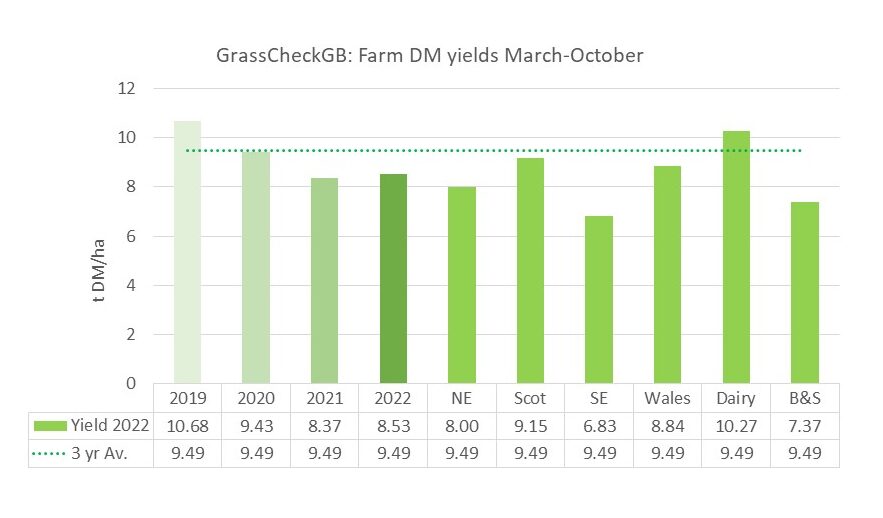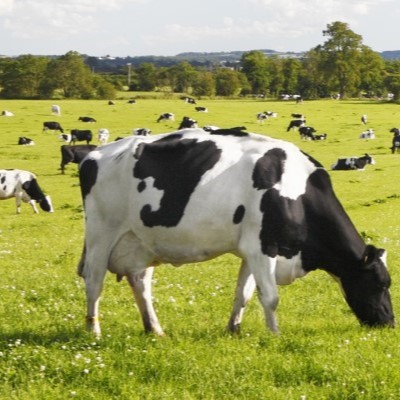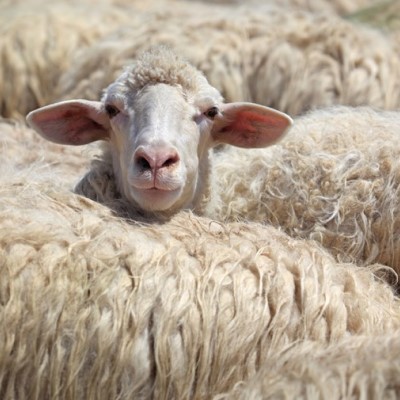CIEL | Project: GrassCheckGB – Review of the 2022 Grazing Season
Genetics | Reproduction | Behaviour | Nutrition | Health & Welfare | Productivity | Food Integrity | Environmental Impact
GrassCheckGB annual results shows grass growth turned on its head
GrassCheckGB has been monitoring grass growth and helping livestock producers improve their grassland management since 2019.
At the end of the most difficult growing season since its outset, results from the initiative show regional patterns of growth turned on their head in 2022. This reflects the long drought, which hit farms in England and Wales particularly hard.
“Unusually, Scotland has seen the greatest growth across the four regions measured, with a peak of 80.7kg DM/ha/day in May,” says Dr Kathryn Huson, from the Agri-Food and Biosciences Institute (AFBI), which has a central role in the project.

Despite the summer’s growth constraints, dairy farmers fared well by making the most of early growth and averaged over 10t DM/ha (March to October).

Quality analysis showed higher dry matter (DM) but metabolisable energy and water-soluble carbohydrates lower than in the previous three years.

Mitigating the drought
Those involved in the project have found many ways of mitigating the effects of drought, ranging from the use of diverse leys to buffer feeding, and leaving longer residuals.
“Anecdotally, a lot of farmers have seen diverse leys performing better than pure grass this season,” said Dr Huson “It is hard to put comparable numbers on to this as there is so much variety in diverse leys, and some of the common species may be less persistent, and require more ongoing management.”
Their benefits range from drought-tolerance of some deep-rooting species, to nitrogen fixation through the inclusion of legumes in the sward.
Forecasting growth
Further support has been provided by a grass growth forecasting tool which is being developed through GrassCheckGB by scientists working with farmers.
“By having seven and 14-day grass growth forecasts, farmers have been able to manage grass more proactively, such as by switching silage fields to grazing or slowing the rotation and buffer feeding to protect the covers building in following fields,” Dr Huson continues
Plans for winter
As the winter approaches she says farmers may want to consider on-off grazing.
“Being flexible and grazing when you have the opportunity can help maximise production. And if you put stock on a smaller area for a shorter time, they should be able to achieve a good grass intake without damaging the ground.”
Also recommending using the winter to review yields of individual paddocks, she says: “Try to gauge which fields are under-performing, and find out why. If there’s no obvious difference in management or drainage, I’d advocate checking the physical condition of the soil.
“This means getting out the spade and digging a hole. Then consider taking soil samples, testing for pH, P and K, and assessing sward composition to ensure there’s still a good proportion of productive species in the sward.”
GrassCheckGB is a collaborative grass monitoring project run by CIEL (Centre for Innovation in Livestock), the Agri-Food and Biosciences Institute (AFBI) and Rothamsted Research, and supported by AHDB, QMS, HCC, Germinal GB, Handley Enterprises, Sciantec Analytical, Datamars Livestock, Morrisons, Corteva Agriscience and Yara.
Read perspectives from three participating farmers revealing how the 2022 season has been for them.
For more information, please contact [email protected].
Visit www.grasscheckgb.co.uk for further insight.









